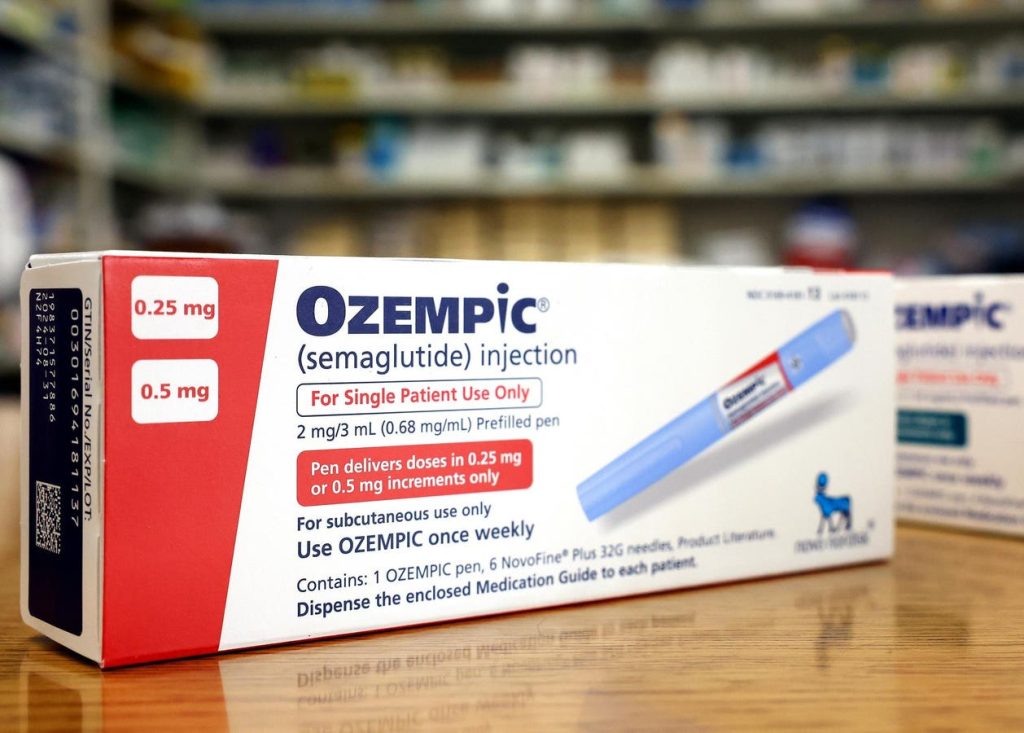Medicare is expected to spend over $550 million this year on the controversial anti-Alzheimer’s drug Leqembi, with costs predicted to reach $3.5 billion in 2025. Additionally, the program spent $5.7 billion on GLP-1 medications like Ozempic and Mounjaro in 2022. These drugs, initially designed for type 2 diabetes, are increasingly being used for weight loss by individuals without the condition.
The costs of these drugs are set to rise in the coming years, with Medicare loosening rules for some GLP-1 drugs for patients at risk of heart disease. Concerns about benefits and risks are slowing the uptake of Leqembi, but aggressive marketing and efforts to expand Alzheimer’s diagnoses could significantly boost demand for it and similar drugs.
Medicare is projected to spend more than $10 billion annually on a select few medications, with taxpayers or beneficiaries likely footing the bill. The program increased Part B premiums by 15% in 2021, largely due to the anticipated release of the anti-Alzheimer’s drug Aduhelm. Medicare’s decision not to pay for Aduhelm in most cases resulted in a reduction of Part B premiums.
The Alzheimer’s Association is pushing to expand the number of people diagnosed with the disease, potentially making more individuals eligible for new drug therapies and increasing Medicare costs. However, the link between certain brain proteins and future Alzheimer’s symptoms remains tenuous, casting doubt on the benefits of widespread diagnoses.
Testing for pre-diabetes and pre-Alzheimer’s may have benefits, such as prompting lifestyle changes to prevent serious diseases. However, tests for these conditions are uncertain indicators of future disease, with a significant percentage of individuals never progressing to clinical diabetes or Alzheimer’s. The availability of new tests for biomarkers may drive up patient demand for emerging drugs.
The rise in pre-diabetes diagnoses led to an increase in patients seeking weight loss drugs like Ozempic, with Medicare indirectly covering the costs as it cannot pay for weight loss medications. Similarly, heart disease patients may now seek GLP-1 drugs for off-label use, potentially increasing costs for the program and beneficiaries. The motivation for early diagnosis may be driven by financial interests, with uncertain benefits for patients in the long run.


